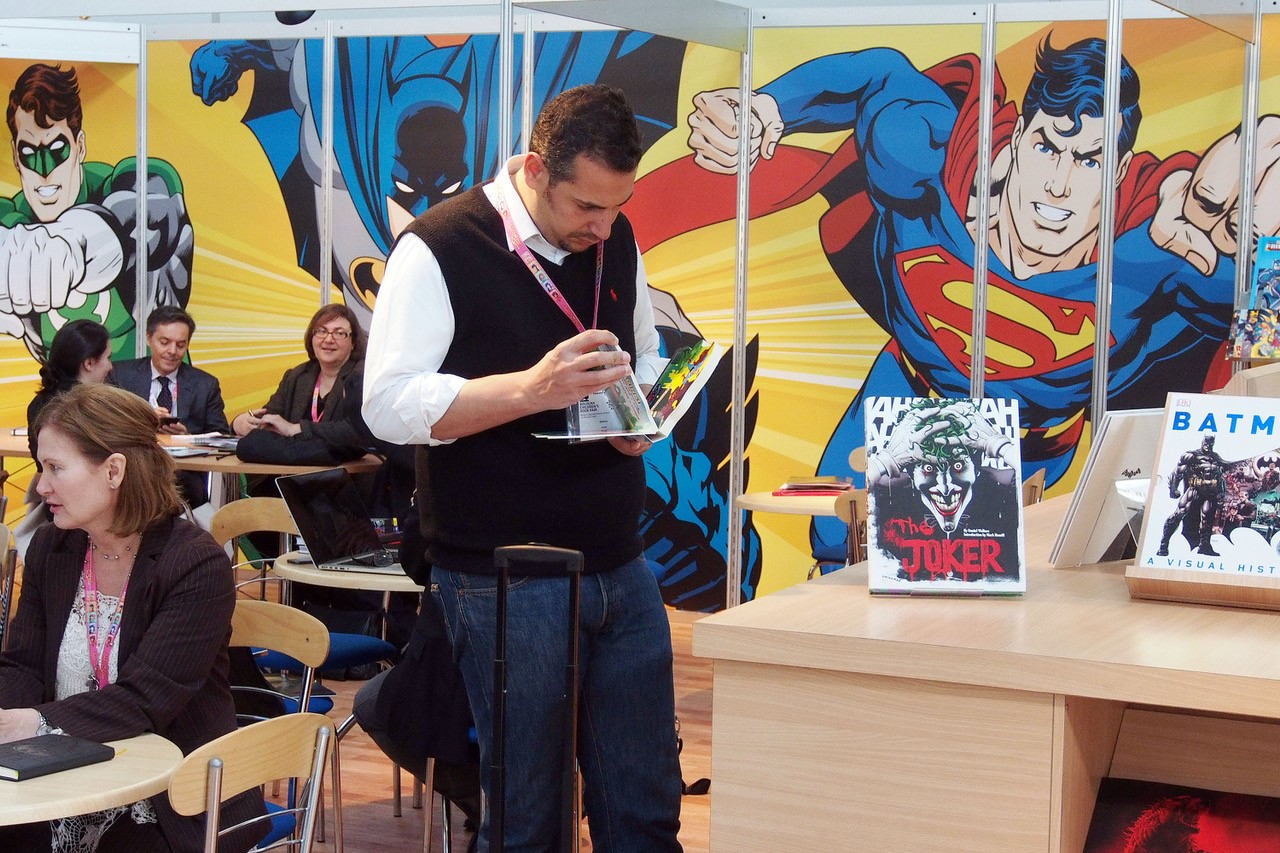
Get the latest updates in your inbox and sign up for more info!
Hamelin Cultural Association gives an insight on the roundtable that will be held during Bologna Children’s Book Fair 2022, going through good practices and case-studies on the integration of comics into learning in schools.
Comics for young readers are enjoying a major renaissance, with many new publishers entering the market and an increasingly varied range of titles on offer. Setting up the Comics Corner space entirely dedicated to comics at the Bologna Children’s Book Fair is a sign of this new focus and the international trend towards further growth. Schools’ and libraries’ interest in this stylistic approach is further confirmation of public interest in comics for young people.
This is great and exciting news, particularly for an association like Hamelin, which has been fighting for this for years. But now more than ever, the increasingly massive entry of drawn literature into schools poses a question that is as fundamental as it is necessary: how should we be doing this? How can we share with a class a reading experience in the visual sphere, which is not directly verbalizable? We know that listening and reading are not the same thing, but the distance that separates the shared and individual reading of a narrative text is wider still when images are involved. Indeed, the experience is irreparably changed (which, in itself, is not a negative per se!). The question begs to be asked: how do we share reading comic books? How can we transform the distance between collective and individual from being a surrogate to a generative space of shared potential?
Technically, the answer is pretty straightforward: we need visual aids of some kind (an interactive whiteboard or projector) on which to project panels, but we also require the skills to read, recount and convey what’s in those panels. That means selecting what to highlight, what to flag, and what to leave for the audience. Hardly a trifling matter.
One area of assistance comes from the 2020 BRAW comics winner in the Early Readers section, the splendid Written and Drawn by Henrietta by Liniers. Now published in Italian by Terre di Mezzo, at the end of the book (as in the original Toon Books edition) the author offers a sort of vademecum for parents and teachers. The book advises steering well clear of questions like “what should be read”, focusing instead on “how to read.” Seemingly obvious but often overlooked ideas such as “guiding young readers through the peculiarities of language” (i.e., not just reading words), or “acting out/setting the tone of the dialogue”, or even “reflecting together on pacing, white space, and character’s expressions” are all sound advice, but the most important tip of all is, I believe, the last one, addressed directly to adults: “Have fun!”
The most important thing about reading and suggesting comics to kids is that the person reading and appreciating those comics be a teacher or parent. Otherwise, it’s just a sterile exercise, and that’s never going to end well.
To answer this (and many other) questions, as part of the Comics Corner programme, we are dedicating a morning of meetings to the complex relationship between comics and schools at the Fair. We will be exploring international projects and hearing about the personal experience of authors who take their comics into classrooms. The event opens with a roundtable of Italian and international publishers who not only publish the finest kids comics, they run schemes promoting comics in schools: Cristina Caponeri (Editrice il Castoro), Liliana Cupido (Canicola Edizioni), Amanda Baeza (COMEdu project) and Sylvie Vassallo (Salon du livre et de la presse jeunesse en Seine-Saint-Denis). The programme continues with authors Lorena Canottiere, Marino Neri, Gud and Sualzo, who over the years have distinguished themselves not just for the sensitivity of their work, but also their direct focus on classrooms and workshop experience.